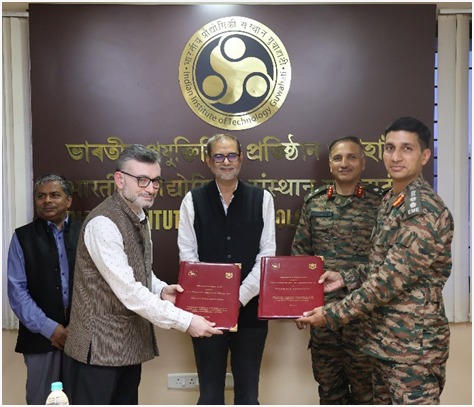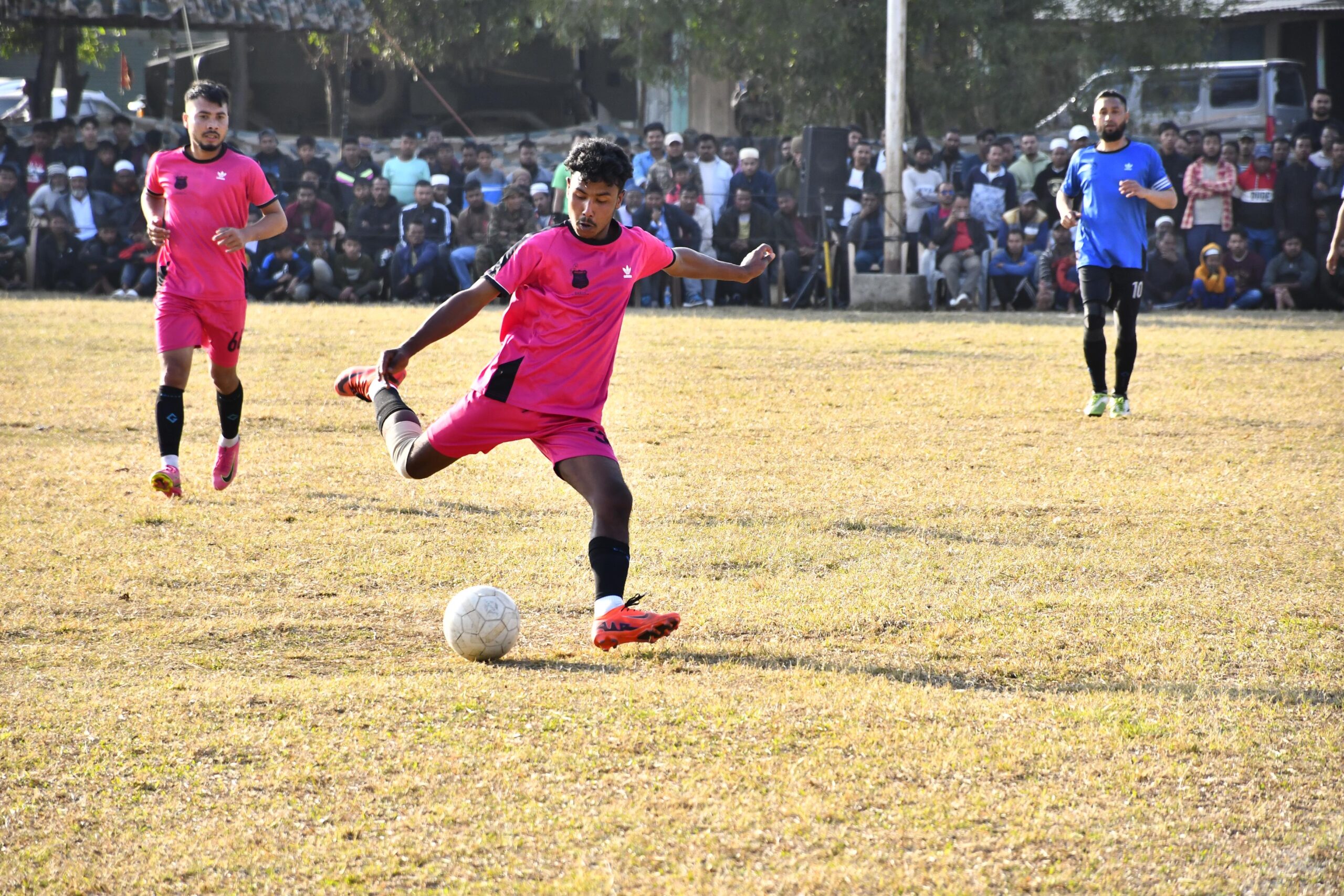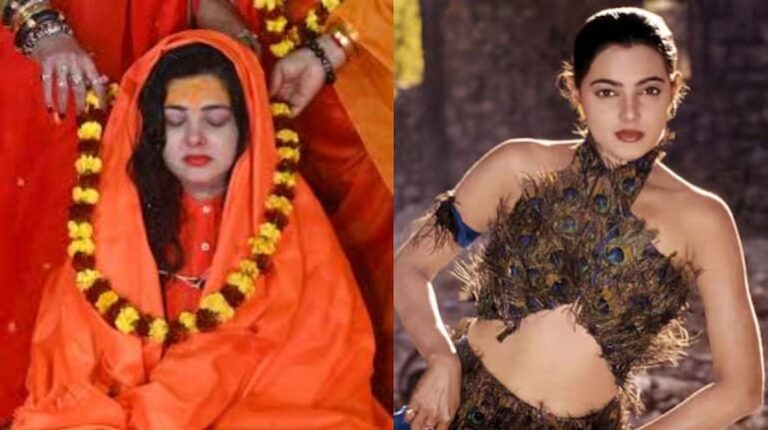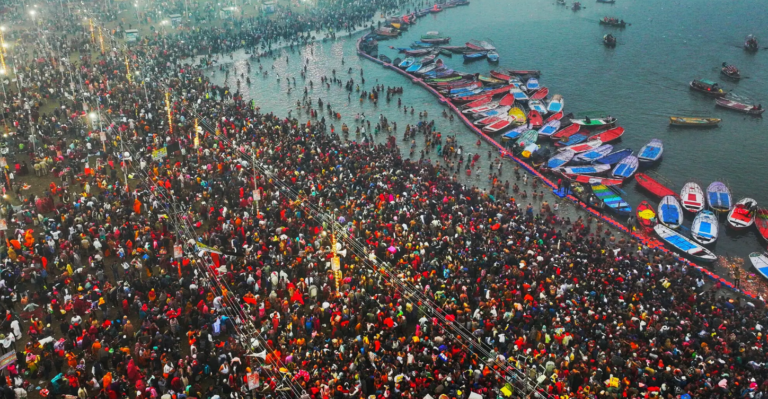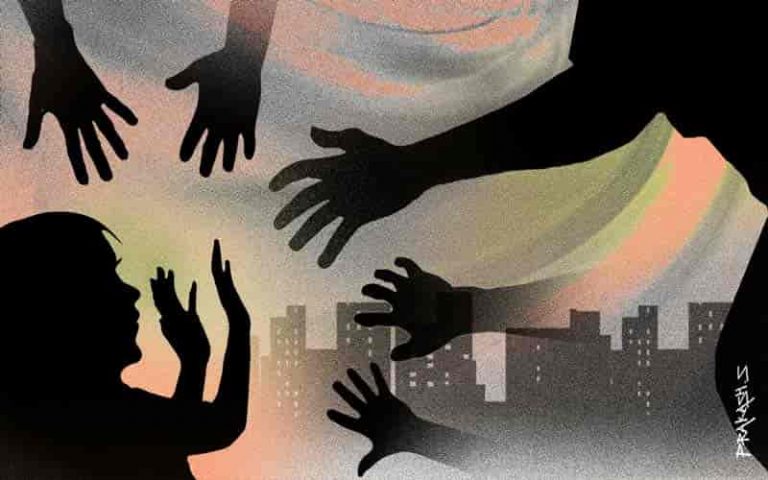Kumarikata, October 11: The Durga Puja celebration at the Kumarikata Durga Mandir has long been an integral part of the area’s cultural and religious identity. Established in 1940, the Mandir Committee continues to uphold traditions while embracing modern changes. Over the decades, this Puja mandap has become the heart of the community, uniting 71 villages under the Kumarikata mouza to celebrate the five-day festival with reverence and joy.
Despite heavy rainfall during Shashthi and Saptami, which momentarily dampened the festive spirit, the devotion and enthusiasm of the devotees remained unshaken.

A devotee expressed, “Even with the rain pouring down, our spirits remain high as we celebrate Durga Puja this year.”
General Secretary of the Puja Committee, Basudev Upadhyay, shared with the media, “We have taken significant steps to align with government guidelines on environmental sustainability. As part of this effort, we have banned the use of plastics in the Puja mela and have initiated the planting of 10 saplings each year, reinforcing the importance of eco-friendly practices during the celebrations.”
“Since 2021, we have been constructing a new story for the mandap, which is still under construction. This year, the idol of Maa Durga has been placed on the first floor, creating a beautiful setting for devotees to offer their prayers,” he added.
One of the most remarkable aspects of this Puja is the diverse participation from various communities. People from Assamese, Bodo, Nepali, Bengali, and Santhal backgrounds all come together to celebrate, reinforcing the festival’s inclusive spirit. This unity in diversity exemplifies how well the different communities in the area coexist.
Speaking to the media, General Secretary Basudev Upadhyay stated, “The Puja is not only a religious occasion but also a significant economic event for us. Donations from local residents fund the festivities, and shopkeepers from as far as Barpeta, West Bengal, and Howly have set up stalls in the mela. This year’s budget for the Puja is around 5 to 6 lakhs, reflecting the scale of the festival.”
Another highlight is the talent of local artists who create the Durga idol, showcasing their skills in crafting Maa Durga’s image. Unlike last year, a three-day cultural program has been organized this year, featuring local artists and performers from Guwahati and Barpeta. These festivities will culminate on Sunday with the grand Visarjan, marking the end of the celebration.
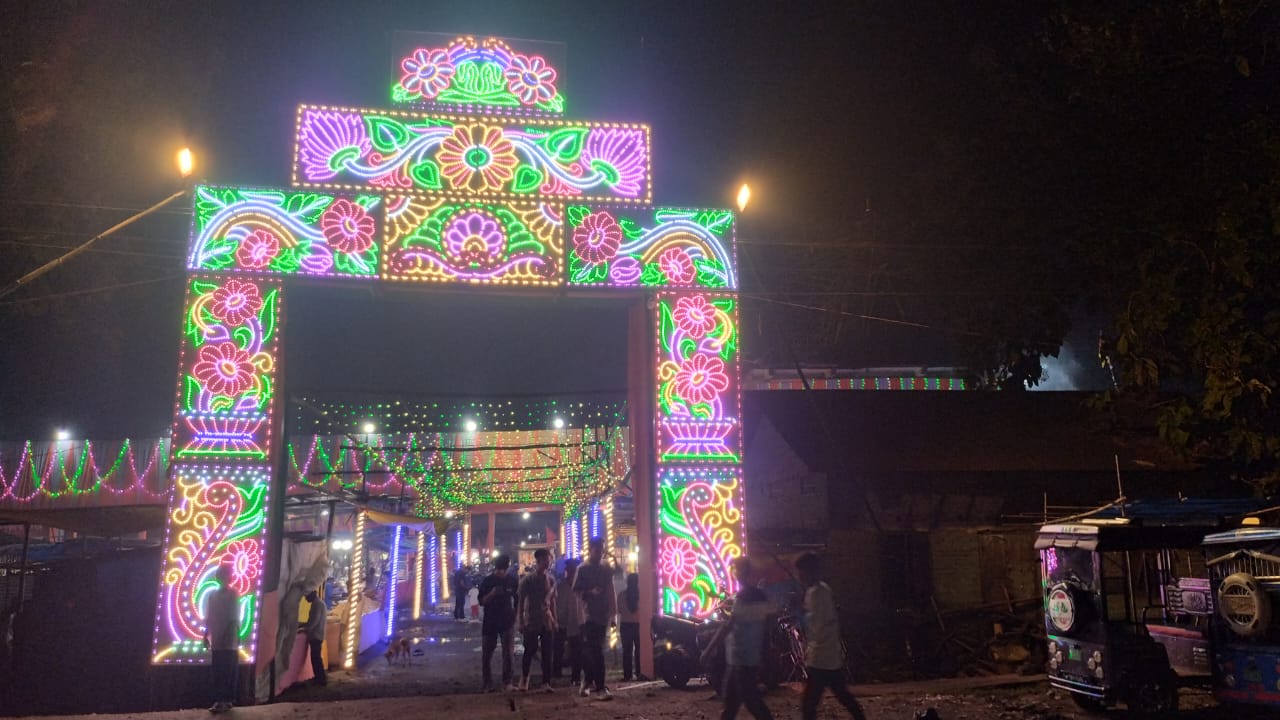
General Secretary Basudev Upadhyay emphasized the inclusion of the Santhal tribe’s traditional Dasai dance on Vijayadashami. “This dance, which once featured as an informal addition to our festivities, has now gained formal recognition with invitations extended by the Puja committee,” he stated.
As the festival continues to evolve, the Mandir Committee ensures that it remains a meaningful and inclusive celebration, deeply rooted in tradition yet open to progress. This year’s Puja is not just a religious gathering but also a celebration of the region’s rich history, diverse cultures, and unwavering spirit.
AMLAN KAKATI







